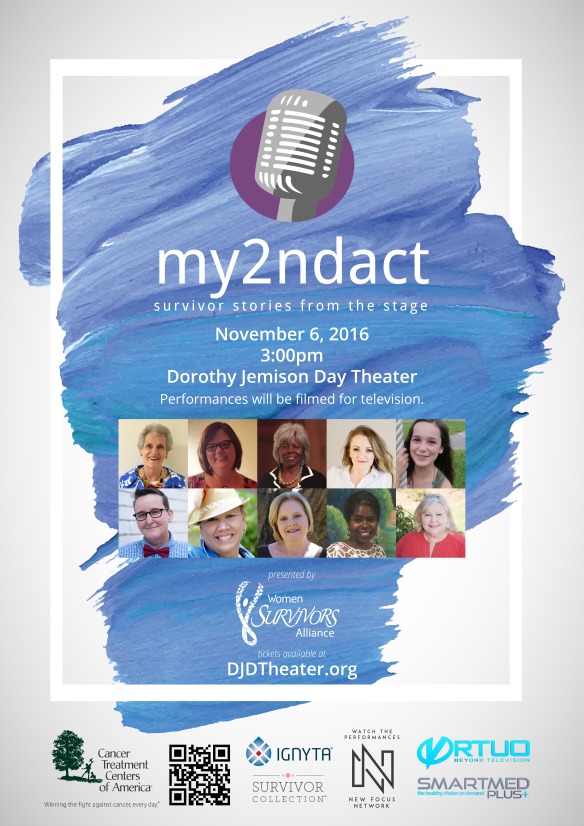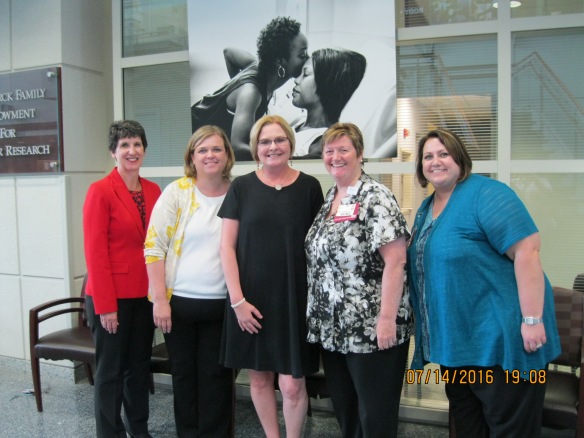Earlier this week, I gave a presentation for Breast Cancer Awareness Month at Drake Community and Technical College in Huntsville. I asked Edwina when I first received the invitation if she’d like to go along. She replied with a resounding “Yes!”
I decided to mix things up a bit during my talk by focusing on what breast cancer “awareness” might mean in 2015. At the beginning of the presentation I asked the audience how many of them were aware of breast cancer–what it is and some of the messages about the disease that had been communicated through the years–and hands shot up across the room. Since we’re pretty aware, I asked, what should we be talking about each October? What followed was an examination of the nuances of the disease and the many unknowns that persist.
The presentation went great. At the end, the crowd had even convinced Edwina to say a few words about her experiences with breast cancer and our evolving friendship.
Following questions, Denise Gaymon, the counsellor who had invited me to speak, thanked me on behalf of the college. She handed me a gift bag filled with Drake merchandise and also gave one to Edwina.
“We also want to thank Miss Edwina for taking the time to come along with Dr. Ryan to share her story,” Denise said as she handed the bag to Edwina. Edwina was smiling from ear to ear.
As we loaded up the car to return to Birmingham, stuffing in the pink balloons that Edwina has snagged on the way out the door, Edwina shared that she’d seen the gift bags when we’d walked into the building where I was slated to speak.
“I seen them bags,” she told me. “And I kept askin’ myself, ‘Why are there two gift bags? I bet one’s for Miss Rayan, but who’s that other one for?’ I couldn’t stop thinkin’ about that the whole time you talkin.”
Sure enough, the second bag was for Edwina. She couldn’t have been happier.
All the way to and from Huntsville, Edwina and I caught up on what we’ve been up to. It was wonderful to see her again. I’ve missed her big smile and perspective on the world.
Plus, we got to sing along to Michael Jackson as we made our way 100 miles to Huntsville and back again. Edwina and I tapped our feet and raised our voices, remembering just about every beat and lyric.









